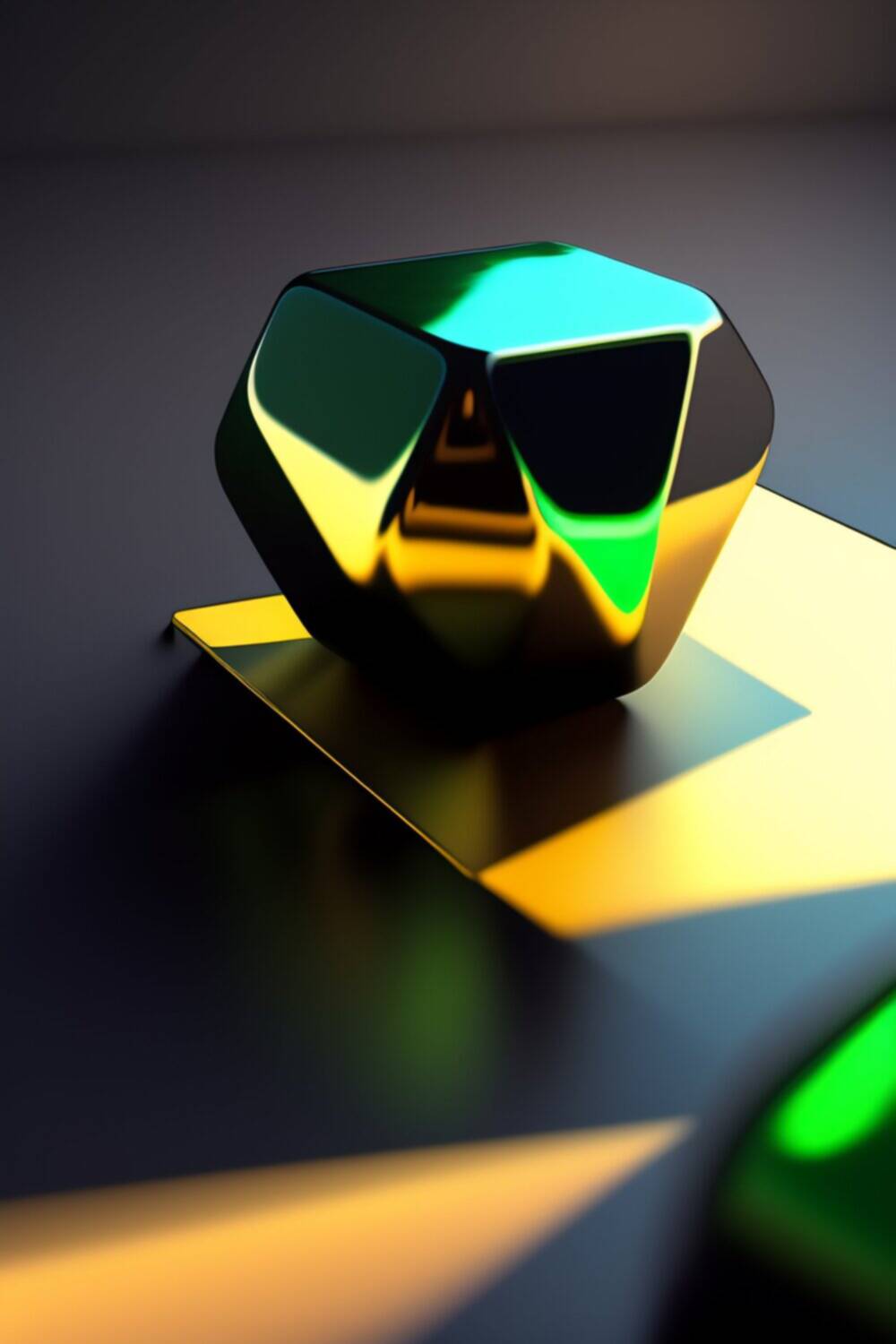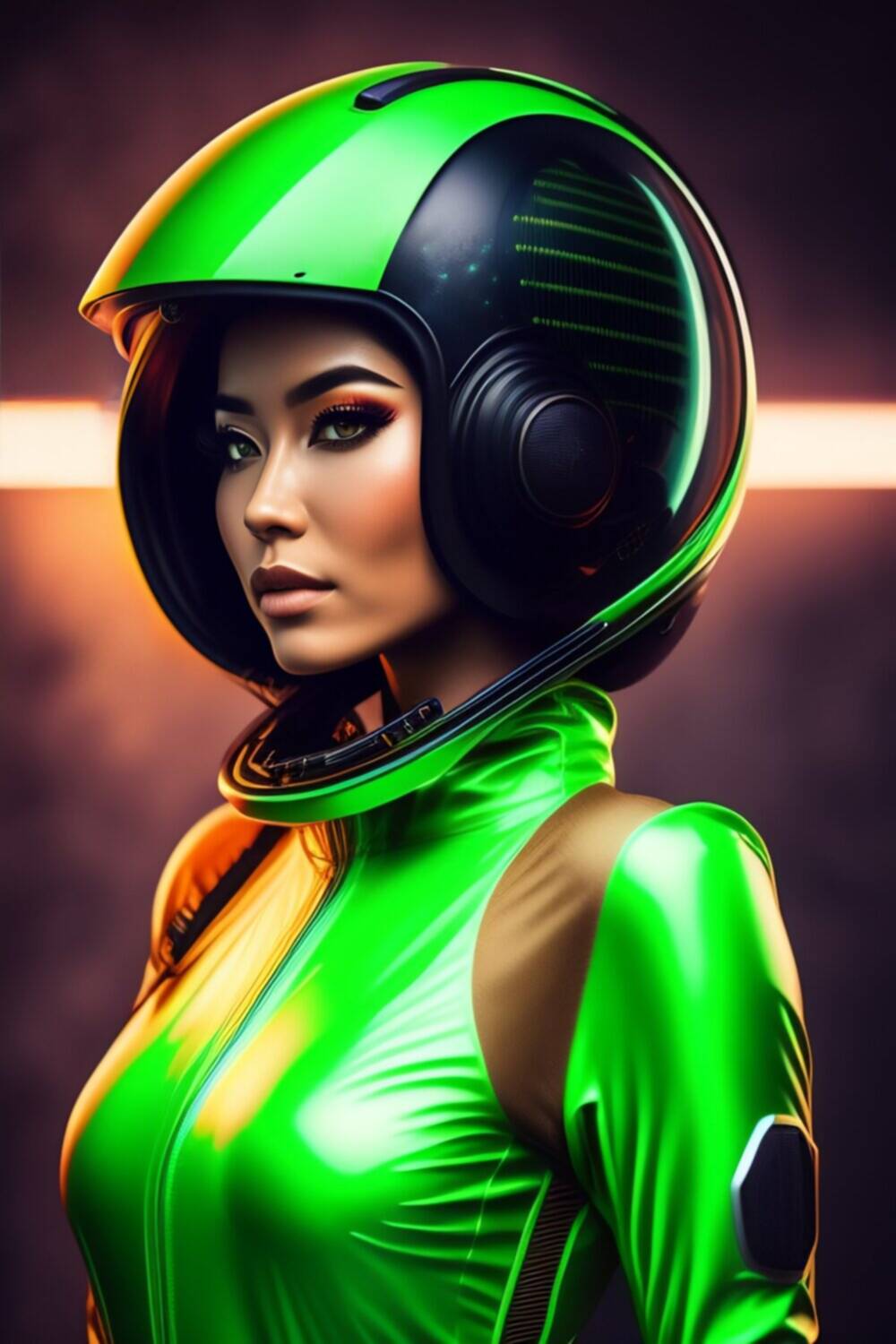Explore the comprehensive review of Nvidia RTX 4070 Ti's performance in Maya. Learn about key features, benchmarks, user experiences, and future prospects for 3D artists and animators.
Introduction
The Nvidia RTX 4070 Ti enters the scene at a time when 3D content creation is becoming more intricate and resource-intensive. Maya, a leading software in the industry, requires a robust GPU to handle complex scenes, simulations, and real-time rendering. This article aims to explore how the RTX 4070 Ti addresses these challenges and elevates the user experience.
Key Features of Nvidia RTX 4070 Ti
Architecture and Specifications
At the heart of the RTX 4070 Ti lies Nvidia’s latest architecture, boasting a formidable set of specifications. The increased CUDA cores, higher memory bandwidth, and expanded VRAM contribute to the GPU’s potential for handling the intricate demands of Maya.
Ray Tracing Capabilities
One of the standout features of the RTX 4070 Ti is its enhanced ray tracing capabilities. Realistic lighting and reflections play a crucial role in 3D design, and the RTX 4070 Ti’s dedicated ray tracing cores promise a significant leap in rendering quality.
Tensor Cores for AI-Driven Enhancements
Artificial Intelligence (AI) is increasingly becoming a game-changer in graphics processing. The inclusion of Tensor Cores in the RTX 4070 Ti opens the door to AI-driven enhancements, such as denoising and upscaling, providing Maya users with cleaner and more detailed renders.
Performance Benchmarks in Maya
Rendering Speed and Quality
In the realm of 3D content creation, time is of the essence. The RTX 4070 Ti’s rendering speed and quality are put to the test in various Maya scenarios, showcasing its efficiency in delivering high-quality renders within tight deadlines.
Real-Time Viewport Performance
Smooth and responsive real-time viewport performance is essential for artists working on intricate details. We evaluate how the RTX 4070 Ti handles large scenes and complex models, ensuring a seamless creative workflow.
Handling Complex Scenes and Simulations
Maya’s simulations, such as fluid dynamics and particle systems, demand substantial computational power. We assess the RTX 4070 Ti’s ability to handle these complex simulations without compromising on performance or compromising on quality.
Optimization for Maya Workflows
CUDA and OptiX Support
Compatibility with Maya’s core technologies, CUDA, and OptiX, is crucial for seamless integration. We explore how the RTX 4070 Ti maximizes these technologies to enhance rendering and simulation processes.
Integration with Maya’s Features
The GPU’s ability to integrate seamlessly with Maya’s features, including viewport enhancements, GPU-accelerated effects, and real-time feedback, is crucial for a fluid and efficient workflow.
Customization Options for User Preferences
Every artist has unique preferences and workflows. We delve into the customization options offered by the RTX 4070 Ti, allowing users to tailor the GPU to their specific needs within the Maya environment.
Comparative Analysis with Previous Models
Improvements Over RTX 30 Series
For users considering an upgrade, we compare the RTX 4070 Ti with its predecessor, highlighting the performance gains, architectural improvements, and additional features that justify the transition.
Price-Performance Ratio
An essential factor for many artists and studios is the cost-effectiveness of the GPU. We analyze the price-performance ratio of the RTX 4070 Ti, weighing its benefits against the investment.
Upgrades Relevant for Maya Users
Specifically focusing on Maya-centric improvements, we identify the upgrades in the RTX 4070 Ti that directly impact the user experience, addressing pain points and enhancing productivity.
User Experience and Feedback
Reviews from 3D Artists and Professionals
Real-world experiences from 3D artists and professionals provide valuable insights. We gather and analyze user reviews to understand how the RTX 4070 Ti performs in actual production environments.
Common Challenges and Advantages
No product is without its challenges. We explore common issues reported by users and how the RTX 4070 Ti overcomes these challenges, as well as the advantages it brings to the table.
Real-World Applications and Success Stories
Examining the GPU’s applications in real-world projects, we showcase success stories where the RTX 4070 Ti has significantly contributed to the creation of stunning visual content.
Tips and Tricks for Maximizing Performance
Setting Up Maya for Optimal GPU Usage
A GPU is only as good as its setup. We provide detailed tips on configuring Maya to leverage the full potential of the RTX 4070 Ti, ensuring optimal performance and efficiency.
Utilizing Advanced Features
Unleashing the full power of the RTX 4070 Ti requires exploring its advanced features. We guide users through leveraging features like AI-driven enhancements and real-time ray tracing for superior results.
Overcoming Potential Bottlenecks
Identifying and addressing potential bottlenecks is crucial for maintaining a smooth workflow. We offer insights into common bottlenecks and how users can mitigate them when working with the RTX 4070 Ti in Maya.
Future Prospects and Upcoming Developments
Nvidia’s Roadmap for Future GPUs
Looking beyond the present, we explore Nvidia’s roadmap for future GPU releases, giving readers a glimpse into what to expect in terms of technology advancements and performance.
Anticipated Improvements in Maya Compatibility
As Maya continues to evolve, we discuss how future updates and releases may further enhance the compatibility and synergy between Nvidia GPUs, particularly the RTX 4070 Ti, and the software.
Industry Trends and Expectations
Staying ahead in the 3D design industry requires anticipating trends. We examine industry expectations and trends that may influence the use of the RTX 4070 Ti in Maya workflows.
Conclusion
In conclusion, the Nvidia RTX 4070 Ti emerges as a formidable contender for 3D artists and animators using Autodesk Maya. Its impressive features, benchmark performance, and positive user feedback position it as a valuable asset for those seeking a powerful and efficient GPU for demanding creative work.
FAQs
-
What makes Nvidia RTX 4070 Ti stand out for Maya users?
- The RTX 4070 Ti’s enhanced ray tracing, Tensor Cores for AI-driven enhancements, and optimized Maya workflows make it stand out for users seeking top-tier performance.
-
Are there any known issues or limitations in using this GPU with Maya?
- While the RTX 4070 Ti has received positive reviews, users have reported minor issues such as driver compatibility. Nvidia regularly addresses these through updates.
-
How does the price of the RTX 4070 Ti compare to its performance benefits in Maya?
- The price-performance ratio is favorable, considering the significant improvements in rendering speed, quality, and overall efficiency in Maya workflows.
-
Can the RTX 4070 Ti handle virtual reality (VR) content creation in Maya?
- Yes, the RTX 4070 Ti’s robust specifications make it well-suited for VR content creation in Maya, providing a smooth and immersive experience.
-
What considerations should artists and professionals keep in mind when upgrading to this GPU for Maya work?
- Artists should consider their specific workflow needs, budget, and the anticipated performance gains. It’s essential to ensure compatibility with existing hardware and software configurations.


